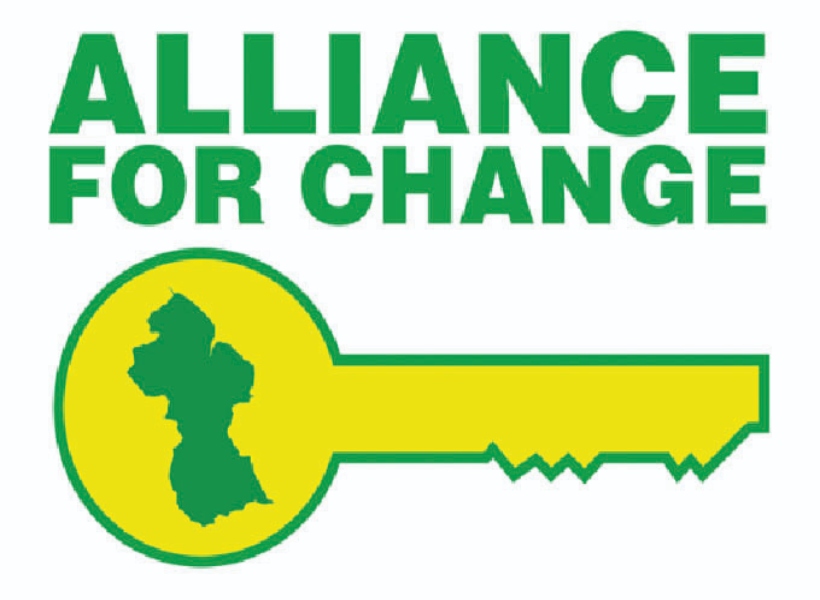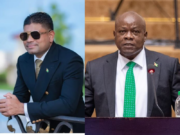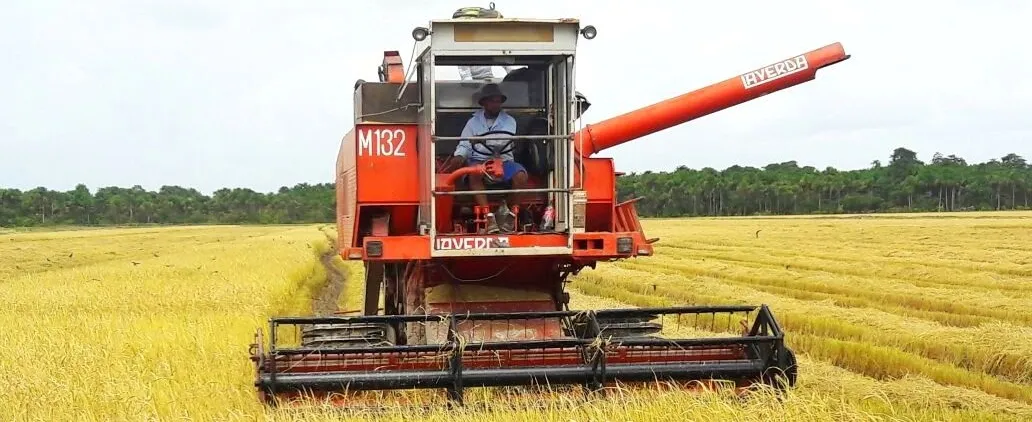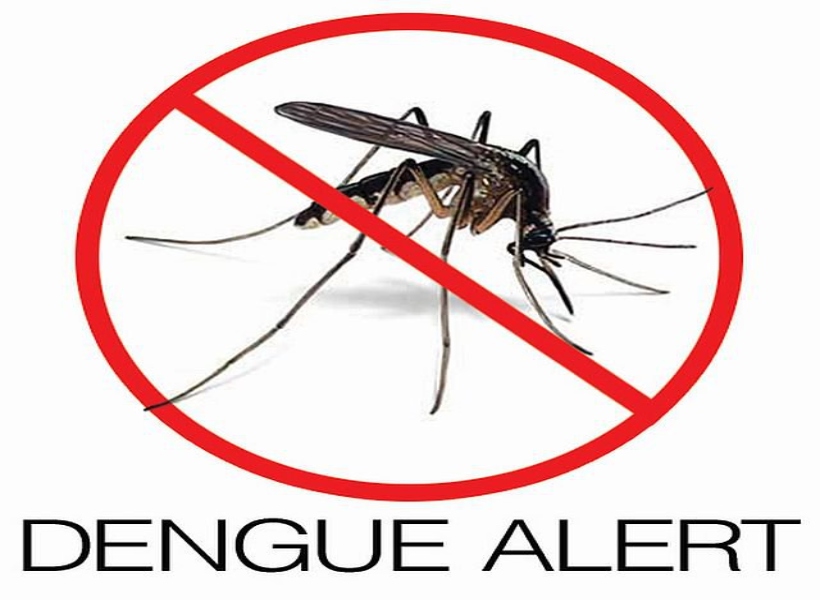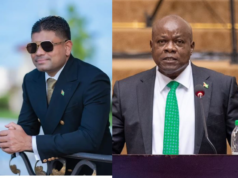A new epidemic cycle of dengue has invaded Latin America and the Caribbean Region and the Pan American Health Organisation (PAHO) is warning of the complex situation which has emerged after two years of low incidence.
According to the latest PAHO epidemiological update, published on August 9, during the first 7 months of 2019 more than 2 million people contracted the disease and 723 died. The number of cases exceeds the total number of cases reported in 2017 and 2018, although so far it remains lower than the number recorded in 2015-2016.
“The Region is experiencing a new epidemic cycle of dengue, with a notable increase in cases,” said Dr Marcos Espinal, Director of PAHO’s Department of Communicable Diseases and Environmental Determinants of Health. The climate, environmental management, and the mosquito’s capacity to adapt may have caused the situation to increase in complexity.
Another characteristic of the current epidemic is that children under the age of 15 appear to be among the most affected.
Dengue is caused by a virus that has four different, but closely related, serotypes: DEN-1, DEN-2, DEN-3 and DEN-4, all of which circulate in the Americas. When a person recovers from the infection, he acquires lifelong immunity against that particular serotype. However, subsequent infections caused by other serotypes increase the risk of acquiring more severe forms of dengue. Serotype 2 is one of the deadliest and is the one currently affecting children and adolescents.
Among the 10 countries that are currently most affected by dengue, in terms of new cases per 100,000 inhabitants, are two of Guyana’s neighbours Brazil and Venezuela. The other countries are Nicaragua, Honduras, Belize, Colombia, El Salvador, Paraguay, Guatemala, and Mexico. Honduras and Nicaragua have already declared national-level epidemiological alerts this year to expedite the response.
